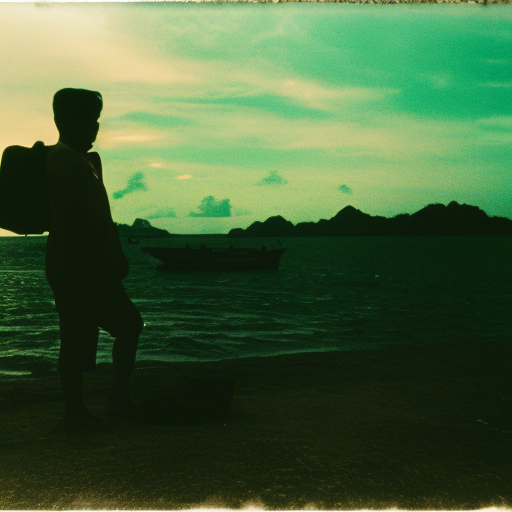Summary:
The Philippines campaign was a series of battles fought during World War II between the United States and Japan for control of the Philippines. The campaign began in December 1941 when Japan launched a surprise attack on the Philippines, catching the American and Filipino forces off guard. Despite initial resistance, the Japanese quickly gained control of the country. However, the United States launched a counteroffensive in 1944, eventually liberating the Philippines and dealing a significant blow to Japanese forces in the Pacific.
The Japanese Invasion:
The Philippines campaign began on December 8, 1941, just hours after the attack on Pearl Harbor. The Japanese launched a surprise assault on the Philippines, targeting American airfields and naval bases. The American and Filipino forces, led by General Douglas MacArthur, were caught off guard and faced overwhelming Japanese firepower. Despite putting up a valiant defense, the American and Filipino troops were forced to retreat to the Bataan Peninsula and the island of Corregidor.
The Bataan Death March and Corregidor:
In April 1942, with supplies running low and no hope of reinforcements, the American and Filipino forces on the Bataan Peninsula surrendered to the Japanese. This surrender led to the infamous Bataan Death March, during which thousands of prisoners of war were subjected to brutal treatment and forced to march over 60 miles to a prison camp. Meanwhile, the remaining American and Filipino forces on Corregidor held out until May 1942, when they too surrendered to the Japanese.
The Guerrilla Resistance:
Despite the surrender of the American and Filipino forces, a significant number of soldiers and civilians managed to escape and form guerrilla resistance groups. These groups, known as the Philippine resistance, engaged in hit-and-run tactics against the Japanese occupiers. They also provided valuable intelligence to the United States, which was planning a future invasion of the Philippines.
The Liberation of the Philippines:
In October 1944, the United States launched a major offensive to liberate the Philippines. The campaign began with the Battle of Leyte Gulf, one of the largest naval battles in history. The American forces, led by General MacArthur, successfully defeated the Japanese navy and established a beachhead on the island of Leyte. From there, they launched a series of amphibious assaults to retake the rest of the Philippines.
The Battle of Manila:
One of the most brutal battles of the Philippines campaign was the Battle of Manila, which took place from February to March 1945. The American forces faced fierce resistance from the Japanese, who used urban warfare tactics and turned the city into a fortress. The battle resulted in the near-total destruction of Manila and the loss of thousands of civilian lives. However, the American forces eventually prevailed and liberated the city.
The End of the Campaign:
By July 1945, the American forces had retaken most of the Philippines, including the capital city of Manila. The remaining Japanese forces were pushed into the mountains and isolated pockets of resistance. The campaign officially ended in August 1945 when Japan surrendered after the atomic bombings of Hiroshima and Nagasaki. The Philippines campaign was a significant turning point in the Pacific War, as it allowed the United States to establish a base for further operations against Japan and marked the beginning of the end for Japanese control in the region.
In conclusion, the Philippines campaign was a series of battles fought between the United States and Japan during World War II. The Japanese invasion in 1941 led to the surrender of American and Filipino forces, but the resistance movement and subsequent American counteroffensive ultimately led to the liberation of the Philippines. The campaign was marked by intense fighting, including the infamous Bataan Death March and the Battle of Manila. The Philippines campaign played a crucial role in the overall Pacific War and contributed to the eventual defeat of Japan.












